Electronic enthusiasts eight o'clock: Although scientists and researchers have been exploring new forms of computing, electronic computing is still the absolute mainstream. With the rise of artificial intelligence technology represented by deep learning, people have begun to pay attention to how to develop computing hardware that can perform neural network operations more efficiently and at higher speed. Recently, a paper published by the Massachusetts Institute of Technology (MIT) researchers at Nature Photonics, "Deep learning with coherent nanophotonic circuits," proposed a method for implementing neural networks using photonics, and they have already Experimental verification was carried out. The MIT official website has reported on this research, and the heart of the machine has compiled and introduced this article and the abstract of the original paper.
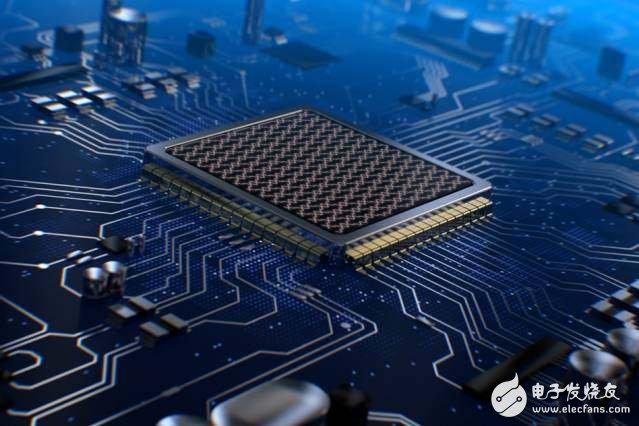
This conceptual diagram shows a programmable nanophotonic processor integrated on a printed circuit board that will aid in deep learning calculations.
Based on an artificial neural network that simulates the activation of conduction in the human brain, the "deep learning" computer system superimposed on it has become a hot topic in computer science. In addition to triggering changes in technologies such as face recognition and speech recognition, these systems can not only use a variety of medical data to find patterns that can be efficiently diagnosed, but also scan for chemical components to find possible new drugs.
However, even for the most powerful computers, the calculations required for these systems to perform are complex and massive.
Recently, a research team at MIT, along with other researchers, developed a new type of computation that uses light rather than electricity, so the computational method can greatly improve the efficiency and speed of some deep learning calculations. The findings were published in the recent Nature Photonic journal, and the researchers completed include MIT postdoctoral Yichen Shen, graduate student Nicholas Harris, professors Marin Solja?i?, and Dirk Englund.
Solja?i? said that many researchers have claimed to have developed optics-based computers for many years, but "people are too exaggerated, and they end up fighting back." Although many researchers have suggested that such photonic computers cannot be implemented, the team's neural network system based on optical development "may be suitable for some deep learning applications."
Traditional computer architectures are not very efficient for the various calculations required for some important neural network tasks. Such tasks typically involve a large number of matrix multiplications, so intensive computation is required on conventional CPU and GPU chips.
After years of research, the MIT research team identified a solution for performing these operations optically. Solja?i? said: "Our chip can perform matrix multiplication as long as it is debugged, and theoretically realize zero energy immediately. We have already demonstrated its key components, but the whole system still No build is complete."
As an analogy, Solja?i? pointed out that even for ordinary spectacle lenses, it performs some complex calculations (ie, the Fourier transform of the wave function) on the traversing rays. Although the calculations performed by the beam in the new chip are quite different, the basic principles are the same. The new method uses multiple beams and interferes with the interference of light waves between them, and these interference patterns carry the results of the preset calculations. The chip built by this method is called a programmable nanophotonic processor.
In principle, Shen said, the optical chip using this architecture can perform the calculation of traditional artificial intelligence algorithms more quickly, and the energy consumption is less than one-thousandth of that of traditional electronic chips. He said: "The natural advantage of using light for matrix multiplication plays a big role in accelerating and reducing energy consumption, because dense matrix multiplication is the most energy-intensive and time-consuming part of artificial intelligence algorithms."
Developed by Harris and colleagues in Englund's lab, the new programmable nanophotonic processor uses a waveguide array in which the waveguides are interconnected in a way that can be modified as needed, depending on the particular calculation. The beam is programmed. Harris says: "You can program any matrix operation." The processor can direct light through a series of mutually coupled photonic waveguides. The team's complete solution requires the use of interleaved device layers that can apply an arithmetic operation called a nonlinear activation function (nonlinear acTIvaTIon funcTIon) that is similar to neuron operations in the brain.
To prove this concept, the team set up a programmable nanophotonic processor to implement a neural network that recognizes four basic vowels. Even though the current system is still basic, it can still achieve 77% accuracy, compared to the traditional method with an accuracy of nearly 90%. Solja?i? said: "There is no big obstacle in expanding the system to achieve higher accuracy."
Englund added that there are other applications for programmable nanophotonic processors, such as signal processing for data transmission. He said: "The system is also capable of high-speed analog signal processing and is more traditional than other traditional methods of converting signals to digital. Fast, because light is essentially an analog medium.†He added: “This method can be directly processed in the analog field.â€
The team said that it takes more effort and time to get the system to work; however, once the system is fully expanded, it can be used in many applications, such as data centers or security systems. "The system can also drive the development of driverless cars, drones, and the system, when you need to do a lot of calculations but have no power or time," Harris said.
The following is a summary of the original paper:
Paper: Deep learning with coherent nanophotonic circuits
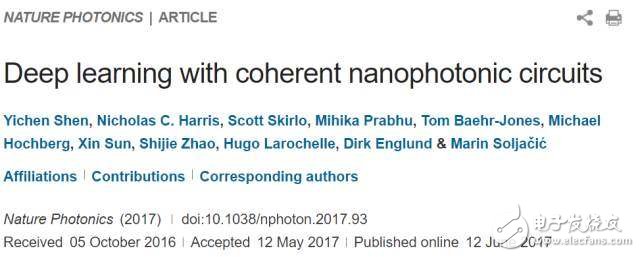
Paper address: https://
Artificial neural networks are computational network models inspired by signal processing in the brain. These models can greatly enhance the performance of many machine learning tasks, including speech recognition and image recognition. However, today's computing hardware is still inefficient in implementing neural networks, in large part because it is designed for the von Neumann architecture. In order to develop an electronic architecture that is specifically adapted for artificial neural networks, it has made great efforts to achieve higher computational speed and accuracy. Here, we propose a new architecture that can be used for all-optical neural networks, which can theoretically achieve further computational speed and power efficiency improvements based on the current best electronic devices for traditional inference tasks. We experimented with a silicon photonic integrated circuit that included a cascaded array of 56 Mach–Zehnder interferometers; this experiment demonstrates the key to this concept. Partially, and indicates its usability in vowel recognition.
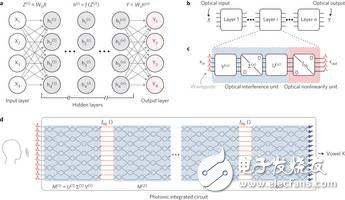
Figure 1: General architecture of ONN
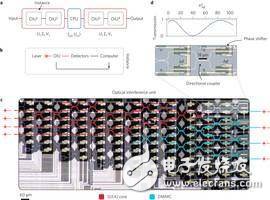
Figure 2: OIU schematic
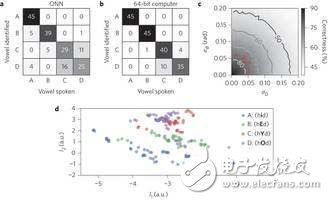
Figure 3: Vowel recognition
Disclaimer: The electronic reprinted works of E-Commerce Network are as far as possible to indicate the source, and all rights of the owner of the work are not transferred due to the reprint of this site. If the author does not agree to reprint, please inform the site to delete or correct it. Reprinted works may be subject to change in title or content.
ZGAR AZ MC Disposable
ZGAR electronic cigarette uses high-tech R&D, food grade disposable pod device and high-quality raw material. All package designs are Original IP. Our designer team is from Hong Kong. We have very high requirements for product quality, flavors taste and packaging design. The E-liquid is imported, materials are food grade, and assembly plant is medical-grade dust-free workshops.
Our products include disposable e-cigarettes, rechargeable e-cigarettes, rechargreable disposable vape pen, and various of flavors of cigarette cartridges. From 600puffs to 5000puffs, ZGAR bar Disposable offer high-tech R&D, E-cigarette improves battery capacity, We offer various of flavors and support customization. And printing designs can be customized. We have our own professional team and competitive quotations for any OEM or ODM works.
We supply OEM rechargeable disposable vape pen,OEM disposable electronic cigarette,ODM disposable vape pen,ODM disposable electronic cigarette,OEM/ODM vape pen e-cigarette,OEM/ODM atomizer device.

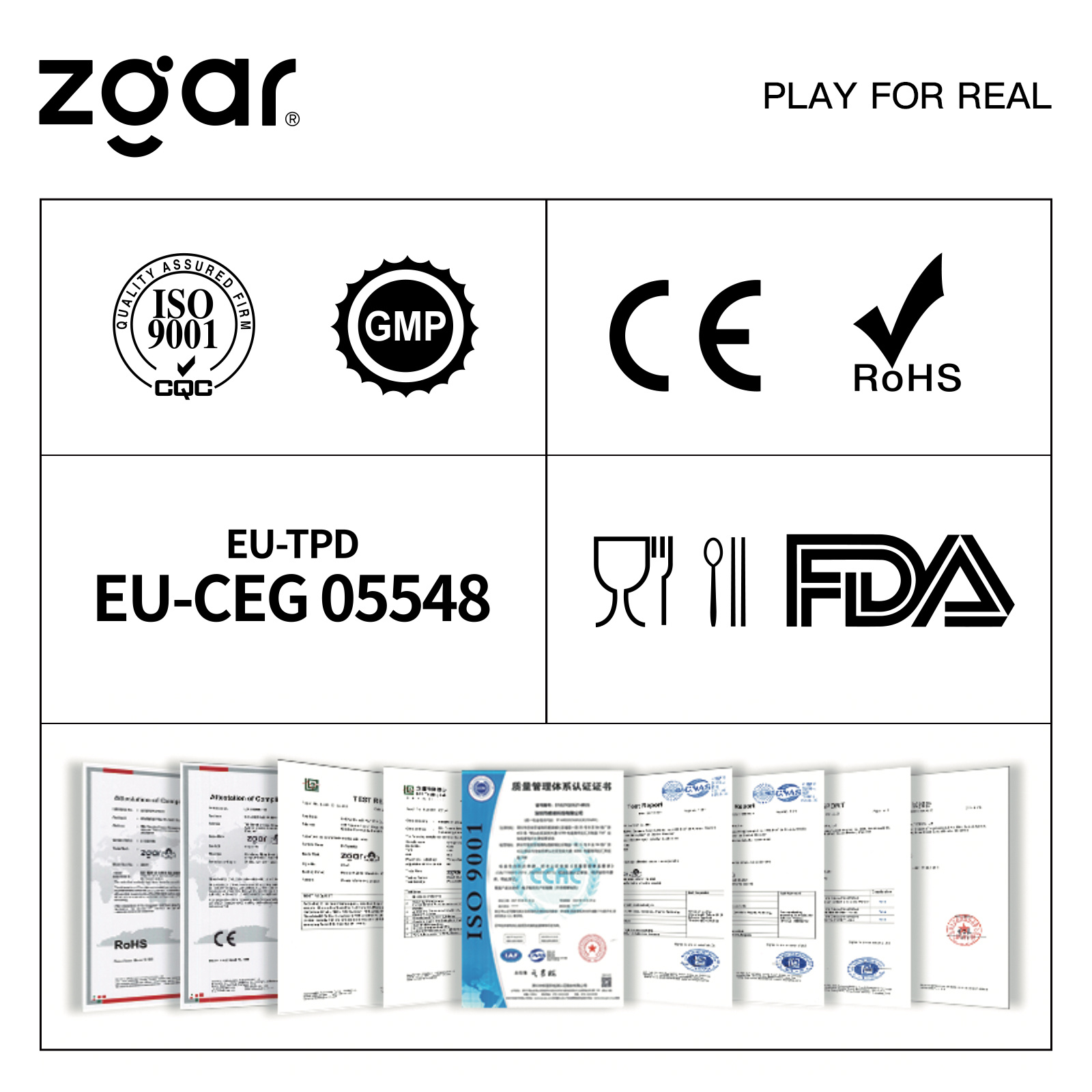
Disposable E-cigarette, ODM disposable electronic cigarette, vape pen atomizer , Device E-cig, OEM disposable electronic cigarette
ZGAR INTERNATIONAL TRADING CO., LTD. , https://www.zgarette.com